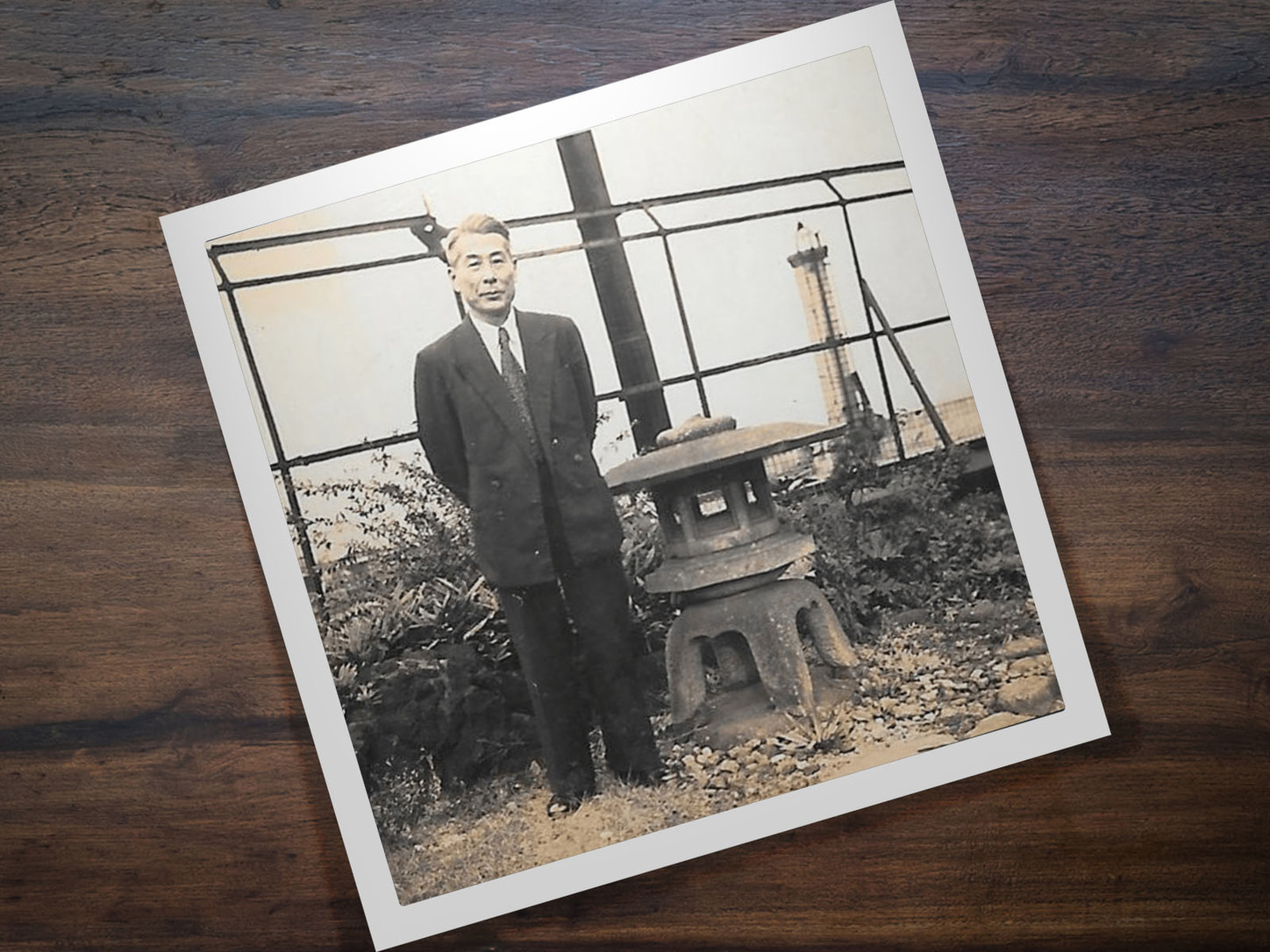
This Just In: Chopstick Sleeves as Emissaries of Japanese Typography and Culture
The chopstick sleeve originated in the Imperial Court of Japan sometime during the Heian period (8th–12th century). Ladies-in-waiting are thought to have wrapped chopsticks in scraps of silk or other fine fabrics as it was considered impolite to pass unwrapped objects from one hand to another. Hundreds of years later, hashibukuro (“chopstick envelopes”) graced the banquet tables of shoguns, and by the Edo period (17th–19th century), establishments in the Yoshiwara red light district furnished hashibukuro to their regulars.
Paper chopstick sleeves emerged at the turn of the 20th century when disposable chopsticks and packaged meals gained popularity with the advent of train travel. In addition to ensuring cleanliness, printed paper chopstick sleeves became vernacular advertisements for shops and restaurants.
The latest addition to the Archive’s holdings of Asian ephemera is the hashibukuro collection of Mr. Susumu Kitagawa of Fuji City, Japan. While individually modest in their design and messaging, when considered as a whole the sleeves that comprise this collection map a singular history of Japanese ideology and aesthetics.


















